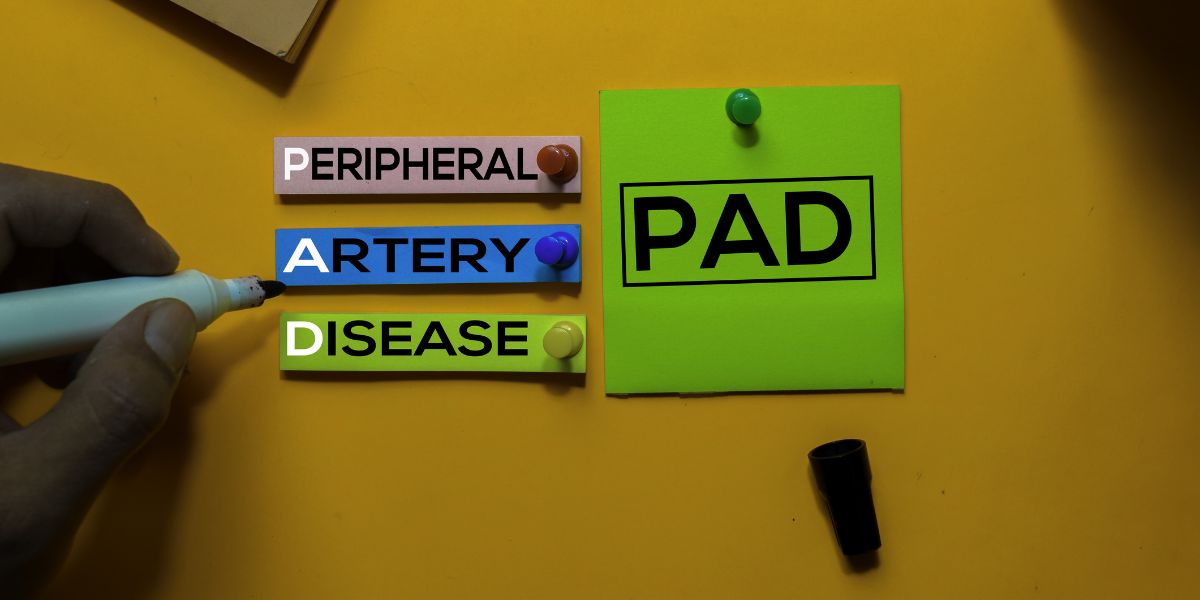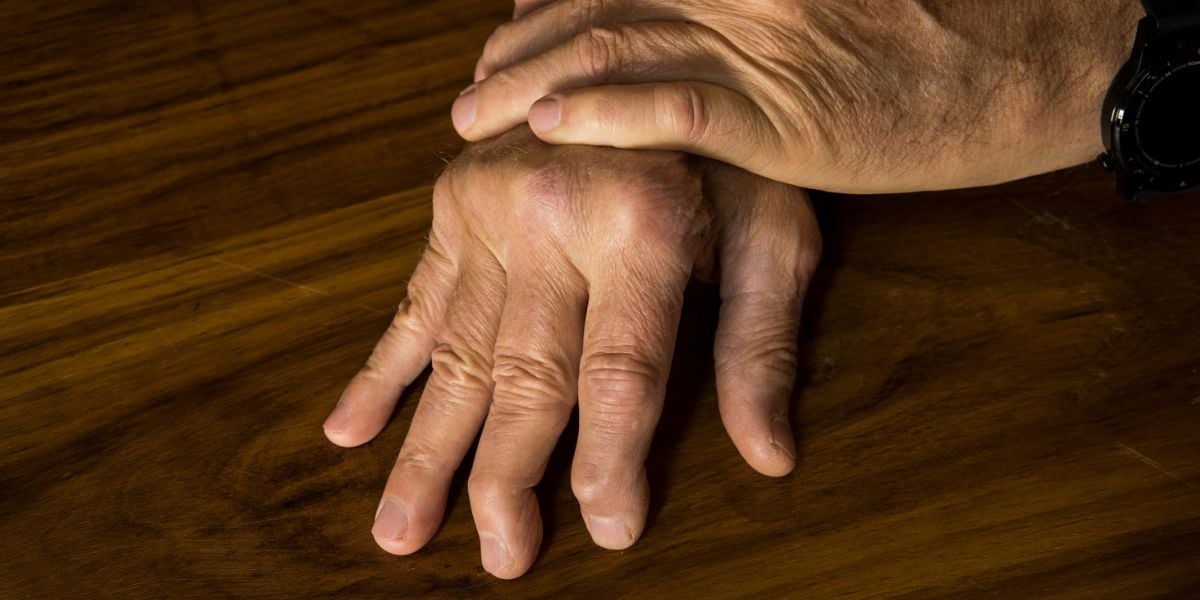Peripheral arterial disease (PAD) is a complication of diabetes that happens when blood vessels in the legs become blocked or narrowed due to fat deposits.
The result is reduced blood flow to the feet and legs.
The condition affects around 1 in 3 people with diabetes over the age of 50, and increases the risk of heart attack and stroke.
How does diabetes cause PAD?
Diabetes increases the likelihood of PAD, heart attack and stroke
Having diabetes increases the risk, but smoking, high blood pressure, higher blood cholesterol levels, being overweight, not being physically active, having a history of heart disease and other factors further increase PAD risk.
What are the symptoms of PAD?
Unfortunately, for many people, PAD does not present any symptoms.
If symptoms do occur, they may include:
- Leg cramps in the calves brought on by walking or climbing stairs
Further symptoms of PAD include:
- Feeling numb or cold in the lower legs
- Pale or blue tinged legs
- Infections or sores on the feet or legs
- Hair loss on the legs or feet
- Extended healing process.
How do doctors diagnose PAD?
Healthcare professionals use the ankle brachial pressure index (ABPI) to diagnose PAD.
This test compares blood pressure in the ankle with blood pressure in the arm. If the former is lower then you may have PAD. Other tests to diagnose PAD may include angiograms, ultrasound, and MRI.
How is PAD treated for people with diabetes?
PAD treatment is based around managing cardiovascular risk factors. Some quick ways to treat PAD include quitting smoking, keeping your HbA1c under 6.5%, lowering blood pressure and LDL cholesterol Aspirin may also be effective.
Walking and other exercise can be used both to treat and prevent PAD.





